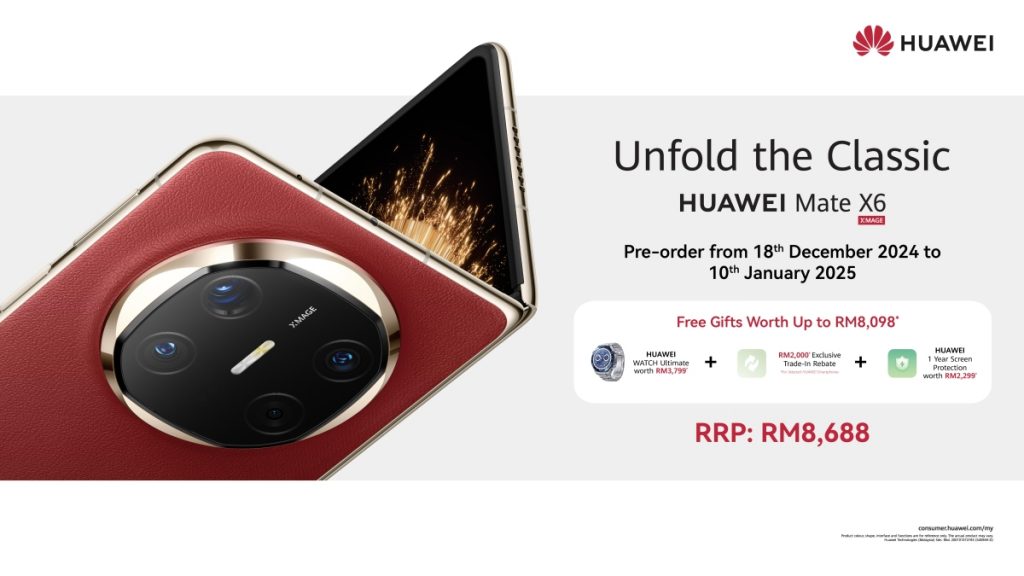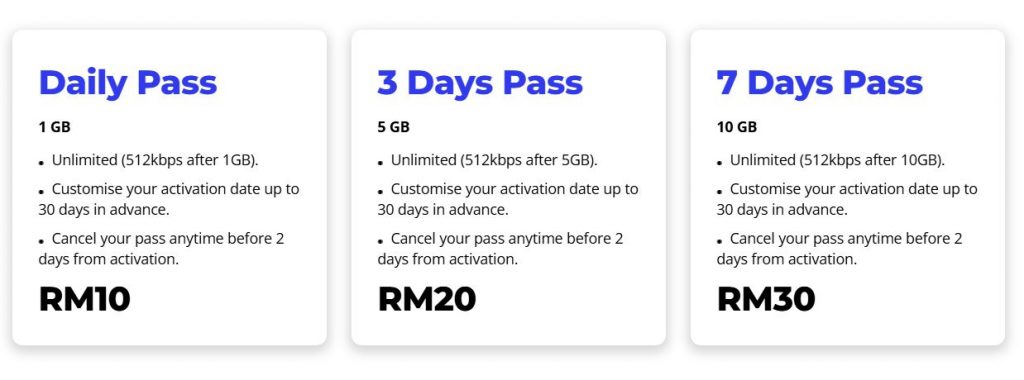This time around, we’ll be comparing two compact members of a flagship smartphone lineup, the Google Pixel 9 Pro vs Samsung Galaxy S24. These are the most powerful compact phones Google and Samsung have to offer, respectively. The Galaxy S24 is the smaller one here, but the difference is not that big. Both of them are considered to be compact, which makes this an ideal comparison.
As per usual, we’ll first list the specifications of both smartphones and take it from there. We’ll also be comparing their designs, displays, performance, battery life, cameras, and audio output. These two phones are quite different overall, but there are some similarities as well. With that being said, let’s get down to it, there’s plenty to talk about here.
Specs
Google Pixel 9 Pro vs Samsung Galaxy S24, respectively
– Screen size:
6.3-inch QHD+ OLED (120Hz, HDR, 3,000 nits)
6.2-inch Dynamic AMOLED 2X (flat, 120Hz, 2,600 nits max brightness)
– Display resolution:
2856 x 1280
2340 x 1080
– SoC:
Google Tensor G4
Qualcomm Snapdragon 8 Gen 3/Samsung Exynos 2400
– RAM:
16GB (LPDDR5X)
8GB (LPDDR5X)
– Storage:
128GB/256GB/512GB/1TB (UFS 3.1)
128GB (UFS 3.1)/256GB/512GB (UFS 4.0)
– Rear cameras:
50MP (wide, f/1.7 aperture, 1.2um pixel size, OIS, EIS), 48MP (ultrawide, f/1.7 aperture, 123-degree FoV), 48MP (periscope telephoto, f/2.8 aperture, OIS, EIS, 5x optical zoom)
50MP (wide, f/1.8 aperture, OIS, Dual Pixel PDAF), 12MP (ultrawide, 120-degree FoV, f/2.2 aperture, 1.4um pixel size), 10MP (telephoto, f/2.4 aperture, OIS, PDAF, 3x optical zoom)
– Front cameras:
42MP (f/2.2 aperture)
12MP (wide, f/2.2 aperture, Dual Pixel PDAF, 22mm lens)
– Battery:
4,700mAh
4,000mAh
– Charging:
27W wired, 21W wireless (Pixel Stand), 12W Qi wireless, 5W reverse wireless (no charger)
25W wired, 15W wireless, 4.5W reverse wireless (charger not included)
– Dimensions:
152.8 x 72 x 8.5 mm
147 x 70.6 x 7.6mm
– Weight:
199 grams
167/168 grams
– Connectivity:
5G, LTE, NFC, Wi-Fi, USB Type-C, Bluetooth 5.3
– Security:
Ultrasonic in-display fingerprint scanner
– OS:
Android 14
Android 14 with One UI 6.1
– Price:
$999+
$799.99+
– Buy:
Google Pixel 9 Pro (Best Buy, Google Store)
Samsung Galaxy S24 (Best Buy)
Google Pixel 9 Pro vs Samsung Galaxy S24: Design
Both devices are made out of metal and glass. Not only that, but both of them have similar corner curvature, flat frame all around, and flat front and back sides. In that regard, they are quite similar. The frame is flat on both phones, though it does curve a bit towards the edges, so that it doesn’t cut into your hand when you hold the phones. You’ll notice a centered display camera hole at the top of both displays, though the one on the Pixel 9 Pro sits lower in comparison. Both smartphones also have very thin bezels around the display, and those bezels are uniform.
The physical buttons are located only on the right side of both smartphones. They don’t sit in the same spot, though. The Pixel 9 Pro has a power/lock button above the volume up and down keys. It’s the opposite on the Galaxy S24. On the back, you’ll notice a pill-shaped camera island on the Pixel 9 Pro. It is horizontal, and it does protrude quite a bit. That camera island makes sure that the phone does not wobble on the table. The Galaxy S24 has three small vertically-aligned camera islands in the top left corner. Each of those islands is a camera of its own. Both phones include three cameras on the back.
The Galaxy S24 has a slightly smaller display, it’s smaller by 0.1 inch. The Galaxy S24 is shorter, narrower, and thinner than the Pixel 9 Pro. On top of that, it’s quite a bit lighter. It’s 32 grams lighter than the Pixel 9 Pro. Samsung really managed to take full advantage of the phone’s shell here. Both smartphones are IP68 certified for water and dust resistance. They both feel really nice in the hand, actually.
Google Pixel 9 Pro vs Samsung Galaxy S24: Display
The Pixel 9 Pro features a 6.3-inch 2856 x 1280 LTPO OLED display. That panel is flat, and it has an adaptive refresh rate of up to 120Hz. HDR10+ content is supported, and the peak brightness of the panel is 3,000 nits. The screen-to-body ratio is at around 87%, while the display aspect ratio is 20:9. The Gorilla Glass Victus 2 is included here in order to protect the Pixel 9 Pro’s panel.

The Samsung Galaxy S24, on the other hand, has a 6.2-inch fullHD+ (2340 x 1080) display. That is a flat Dynamic LTPO AMOLED 2X panel. It has an adaptive refresh rate of up to 120Hz. HDR10+ content is supported, and the peak brightness is 2,600 nits. The screen-to-body ratio is around 90%, while the display aspect ratio is 19.5:9. The Gorilla Glass Victus 2 is here to protect this display.
Both of these panels are really good, actually. They’re both vivid, bright, and more than sharp enough. They also have very good viewing angles and inky blacks. The Pixel 9 Pro’s panel is sharper, though, that’s worth noting. It also does get a bit brighter outside, and in direct comparison, it does look a little bit nicer. The vast majority of you will be happy with either of these displays, though.
Google Pixel 9 Pro vs Samsung Galaxy S24: Performance
The Google Tensor G4 SoC fuels the Pixel 9 Pro. That is Google’s new 4nm processor. It is paired up with 16GB of LPDDR5X RAM here, and UFS 3.1 flash storage. The Galaxy S24 comes with the Snapdragon 8 Gen 3 for Galaxy SoC in some markets, while the Exynos 2400 is used in other markets. Both are 4nm chips, though we’ve used only the Snapdragon model. Samsung included 8GB of LPDDR5X RAM here, and either UFS 3.1 or UFS 4.0 flash storage. Only the 128GB storage model carries UFS 3.1 storage.
We can say that both phones do deliver really good performance. The Snapdragon 8 Gen 3 for Galaxy is considerably more powerful than the Tensor G4, but that’s not something you’ll notice in day-to-day use. You’ll notice it if you run some benchmarks or play demanding games. Day-to-day performance is silky smooth on both smartphones. That goes for browsing, messaging, multimedia consumption, and even heavy multitasking. The Pixel 9 Pro easily keeps up despite the Tensor G4. That chip is very well optimized for this phone, it works really well.
When you fire up some games, you also won’t notice much difference unless those are demanding games we’re talking about. Both smartphones do get quite warm, though the Pixel 9 Pro tends to stutter a bit with the most demanding titles on the highest settings. If you lower the settings a bit, the phone does really well. It’s nowhere near as bad as you may think even though the Tensor G4 is not made for gaming.
Google Pixel 9 Pro vs Samsung Galaxy S24: Battery
The Pixel 9 Pro comes with a 4,700mAh battery. The Galaxy S24, on the flip side, includes a 4,000mAh unit. The difference here is only 0.1 inches in terms of display size, and yet the Pixel 9 Pro has a much larger battery. It also has a higher-res display, but still, Google did a better job of including a proper battery pack here. That phone does also offer better battery life in comparison, by the way.
We were able to cross the 7-hour screen-on-time on the device with ease. In fact, getting quite a bit more than that is not a problem. The Galaxy S24 can get to 6 hours of screen-on-time, but it’s usually flying well below that mark. Your mileage may vary, though, of course, this is only our experience with each phone. Do note that gaming was not included on those days, as games can really have a considerable impact on battery life.
When the charging is concerned, neither phone is all that fast. The Pixel 9 Pro supports 27W wired, 21W wireless (Pixel Stand), 12W Qi wireless, and 5W reverse wireless charging. The Galaxy S24, on the flip side, supports 25W wired, 15W Qi wireless, and 4.5W reverse wireless charging. Neither smartphone comes with a charger in the box, though, so keep that in mind before you get either of them.
Google Pixel 9 Pro vs Samsung Galaxy S24: Cameras
Both of these devices have three cameras on the back. The Pixel 9 Pro includes a 50-megapixel main camera, a 48-megapixel ultrawide unit (123-degree FoV), and a 48-megapixel periscope telephoto unit (5x optical zoom). The Galaxy S24, on the flip side, has a 50-megapixel main camera, a 12-megapixel ultrawide unit (120-degree FoV), and a 10-megapixel telephoto camera (3x optical zoom).


The images these two smartphones offer are quite different. The Pixel 9 Pro provides contrasty photos with rich colors and plenty of detail. It also has bigger main and telephoto camera sensors. The Galaxy S24 also does a good job, but the Pixel 9 Pro does a better job of balancing out those photos. It also does a better job with HDR situations. The Galaxy S24 does tend to mess up the saturation here and there. The Pixel 9 Pro’s telephoto and ultrawide photos are also preferred by us, even though the Galaxy S24 does a solid job.
In low light, the Pixel 9 Pro leans more towards cooler photos, as in color temperature, and it does a great job. Both phones love to light up the scene quite a bit, but the Pixel 9 Pro does end up having less noise and does a better job of balancing out low-light shots. The Pixel 9 Pro does a better job overall, even when video recording is concerned.
Audio
Both of these smartphones have stereo speakers. In fact, the loudness between them is quite similar. Both do offer solid sound output, it’s rich enough, and there’s even some bass to talk about. It’s nowhere near the best we’ve heard, though.
Neither of these two devices has an audio jack. You will have to reach for their Type-C ports if you’d like to hook up your wired headphones. Alternatively, Bluetooth 5.3 is available on both smartphones for wireless connections.



